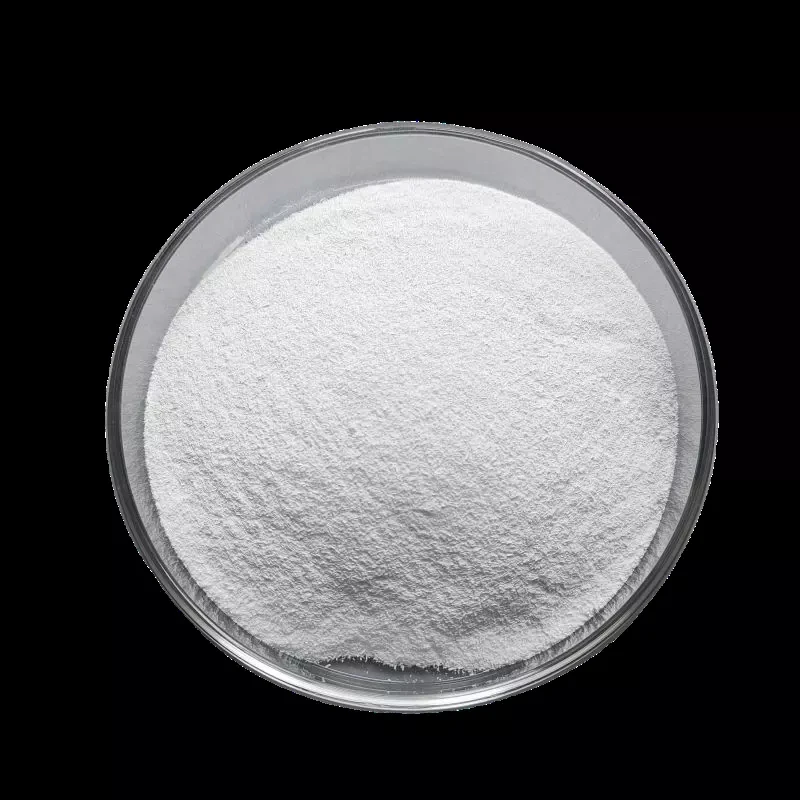Warning: Undefined array key "title" in /home/www/wwwroot/HTML/www.exportstart.com/wp-content/themes/1198/header.php on line 6
Warning: Undefined array key "file" in /home/www/wwwroot/HTML/www.exportstart.com/wp-content/themes/1198/header.php on line 7
Warning: Undefined array key "title" in /home/www/wwwroot/HTML/www.exportstart.com/wp-content/themes/1198/header.php on line 7
Warning: Undefined array key "title" in /home/www/wwwroot/HTML/www.exportstart.com/wp-content/themes/1198/header.php on line 7
- Afrikaans
- Albanian
- Amharic
- Arabic
- Armenian
- Azerbaijani
- Basque
- Belarusian
- Bengali
- Bosnian
- Bulgarian
- Catalan
- Cebuano
- China
- China (Taiwan)
- Corsican
- Croatian
- Czech
- Danish
- Dutch
- English
- Esperanto
- Estonian
- Finnish
- French
- Frisian
- Galician
- Georgian
- German
- Greek
- Gujarati
- Haitian Creole
- hausa
- hawaiian
- Hebrew
- Hindi
- Miao
- Hungarian
- Icelandic
- igbo
- Indonesian
- irish
- Italian
- Japanese
- Javanese
- Kannada
- kazakh
- Khmer
- Rwandese
- Korean
- Kurdish
- Kyrgyz
- Lao
- Latin
- Latvian
- Lithuanian
- Luxembourgish
- Macedonian
- Malgashi
- Malay
- Malayalam
- Maltese
- Maori
- Marathi
- Mongolian
- Myanmar
- Nepali
- Norwegian
- Norwegian
- Occitan
- Pashto
- Persian
- Polish
- Portuguese
- Punjabi
- Romanian
- Russian
- Samoan
- Scottish Gaelic
- Serbian
- Sesotho
- Shona
- Sindhi
- Sinhala
- Slovak
- Slovenian
- Somali
- Spanish
- Sundanese
- Swahili
- Swedish
- Tagalog
- Tajik
- Tamil
- Tatar
- Telugu
- Thai
- Turkish
- Turkmen
- Ukrainian
- Urdu
- Uighur
- Uzbek
- Vietnamese
- Welsh
- Bantu
- Yiddish
- Yoruba
- Zulu
Lis . 10, 2024 16:33 Back to list
Exploring the Advantages and Applications of Xanthan Gum E415 in Food and Industry
Understanding Xanthan Gum (E415) Benefits and Its Applications
Xanthan gum, identified by the food additive code E415, is a polysaccharide that is widely used in the food industry for its unique thickening and stabilizing properties. Produced through the fermentation of carbohydrates by the bacterium Xanthomonas campestris, xanthan gum has become increasingly popular due to its numerous benefits and versatility in various applications beyond food.
What is Xanthan Gum?
Xanthan gum is a complex polysaccharide composed of glucose, mannose, and glucuronic acid. Its production begins with fermenting sugars, predominantly glucose or sucrose, which are converted into a slimy, viscous substance. Once fermented, the xanthan gum is precipitated, dried, and milled into a powder, ready for commercial use. The final product dissolves easily in water, exhibiting exceptional thickening abilities at low concentrations.
Benefits of Xanthan Gum
1. Thickening Agent One of the primary characteristics of xanthan gum is its ability to thicken liquids, making it an essential ingredient in sauces, dressings, and gravies. Even at low concentrations (around 0.5% to 2%), it can significantly increase the viscosity of products, providing the desired texture without altering the flavor.
2. Stabilizer Xanthan gum helps to maintain the stability of emulsions, preventing phase separation in products like salad dressings and mayonnaise. This stabilization is critical in prolonging shelf life and ensuring consistent quality over time.
3. Gluten Substitute With the rise of gluten-free diets, xanthan gum has emerged as a crucial ingredient for baking. It acts as a binder, providing the elasticity and structure typically associated with gluten-containing products. When added to gluten-free flour blends, xanthan gum helps simulate the texture of traditional bread and baked goods.
'understanding xanthan gum e415 benefits and its ...'

4. Texture Enhancer In addition to thickening, xanthan gum enhances the mouthfeel of products. It creates a pleasant, creamy texture in smoothies, ice creams, and baked goods, making them more enjoyable to consume.
5. Low-calorie Option Xanthan gum is a low-calorie ingredient, making it an attractive option for creating healthier food products. It offers great benefits without significantly increasing the caloric content, catering to health-conscious consumers.
6. Stability Across Temperature and pH Another major advantage of xanthan gum is its ability to maintain stability in various temperatures and pH levels. This property makes it suitable for a wide range of products, from hot sauces to acidic beverages.
Applications of Xanthan Gum
Xanthan gum is not just a culinary ingredient; its applications extend far beyond the kitchen. It’s widely used in cosmetics for thickening creams and lotions, in the pharmaceutical industry as a stabilizer for medicinal suspensions, and in the oil industry for enhanced oil recovery. Its versatility allows it to be found in numerous everyday products, including toothpaste, salad dressings, and gluten-free baked goods.
Conclusion
Xanthan gum (E415) is a multifaceted ingredient celebrated for its thickening, stabilizing, and texturizing properties. With numerous benefits ranging from enhancing food quality to improving the texture of gluten-free products, it has found a vital place in both the food and non-food industries. As consumers continue to seek healthier and more diverse options, xanthan gum will undoubtedly remain a significant player in the formulation of innovative products that meet modern dietary needs. Whether it's in a store-bought salad dressing or a gluten-free cake, xanthan gum continues to play an essential role in creating the foods we enjoy.
Latest news
-
Certifications for Vegetarian and Xanthan Gum Vegetarian
NewsJun.17,2025
-
Sustainability Trends Reshaping the SLES N70 Market
NewsJun.17,2025
-
Propylene Glycol Use in Vaccines: Balancing Function and Perception
NewsJun.17,2025
-
Petroleum Jelly in Skincare: Balancing Benefits and Backlash
NewsJun.17,2025
-
Energy Price Volatility and Ripple Effect on Caprolactam Markets
NewsJun.17,2025
-
Spectroscopic Techniques for Adipic Acid Molecular Weight
NewsJun.17,2025

